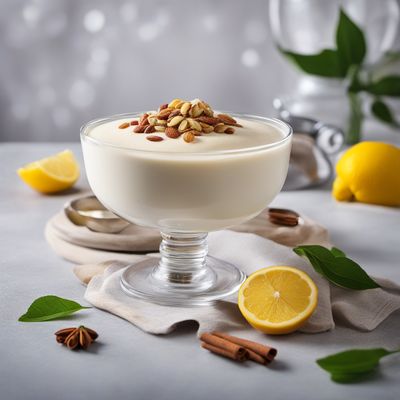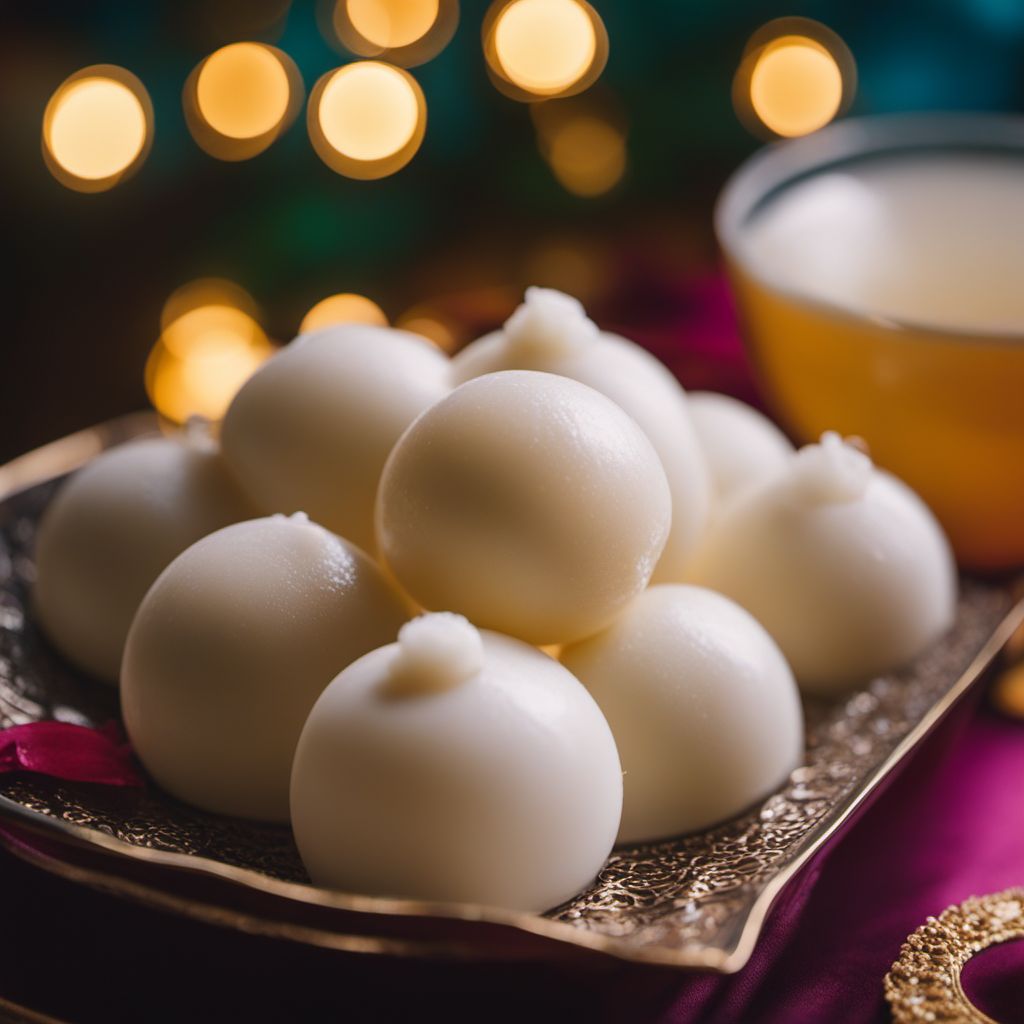
Dish
Rasgulla
Rasgulla is made by kneading chenna and shaping it into small balls. The balls are then cooked in a sugar syrup until they become spongy and absorb the syrup. Rose water is then added to the syrup to enhance the flavor. Rasgulla is a high-calorie dish and should be consumed in moderation. It is also rich in protein and carbohydrates, making it a good source of energy.
Origins and history
Rasgulla originated in the state of West Bengal, India. It was first made by the local sweet shops and was later popularized across India. Today, it is a popular sweet dish and is often served during festivals and special occasions.
Dietary considerations
Rasgulla is not suitable for people with diabetes or those on a low-carb diet. It is also not recommended for people with lactose intolerance or nut allergies.
Variations
There are many variations of Rasgulla, including chocolate Rasgulla, saffron Rasgulla, and dry fruit Rasgulla. Some recipes also call for the addition of cardamom or pistachios to enhance the flavor.
Presentation and garnishing
Rasgulla can be garnished with chopped nuts or rose petals to enhance its presentation. To make Rasgulla, it is important to use good quality chenna and sugar. The balls should be cooked on low heat to ensure that they become spongy and absorb the syrup properly.
Tips & Tricks
Rasgulla tastes best when served chilled. It can be stored in the refrigerator for up to 3 days.
Side-dishes
Rasgulla can be served as a standalone dessert or snack. It pairs well with a cup of hot tea or coffee.
Drink pairings
Rasgulla is often served in a bowl with the sugar syrup. It pairs well with a cup of hot tea or coffee.
Delicious Rasgulla recipes
More dishes from this category... Browse all »
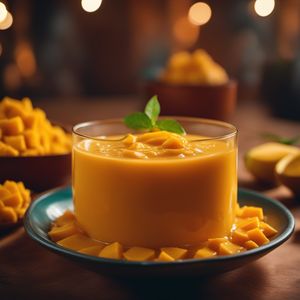
Aamras
Indian cuisine
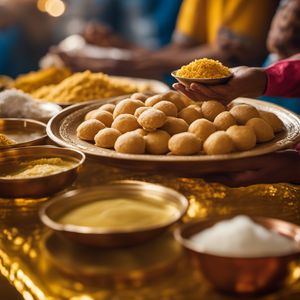
Aasmi
Indian cuisine
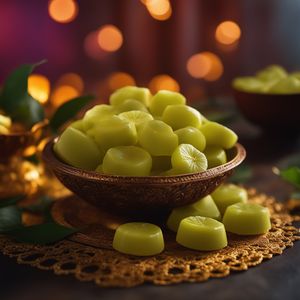
Agra petha
Indian cuisine
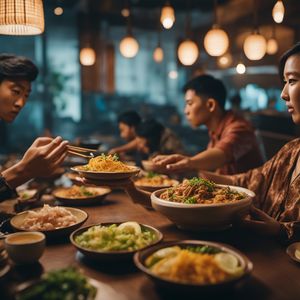
Aiyùbīng
Taiwanese cuisine

Ajdnek
Slovenian cuisine
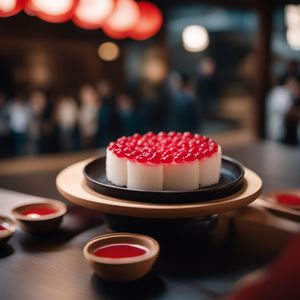
Akafuku
Japanese cuisine
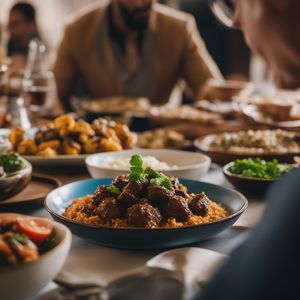
Akanés
Greek cuisine
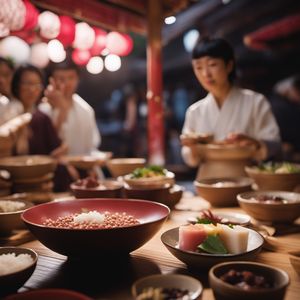
Akumaki
Japanese cuisine
More cuisines from this region...
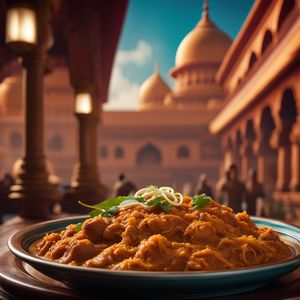
East Indian cuisine
Spicy and tangy flavors, Uses a lot of herbs and spices (mustard seeds, cumin, coriander), Uses a lot of fish and seafood which give it a unique flavor
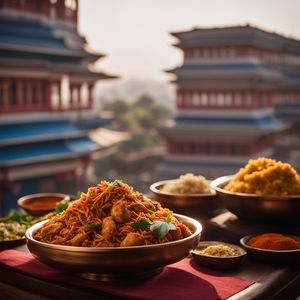
North East Indian cuisine
Spicy, Tangy, Flavorful, Unique
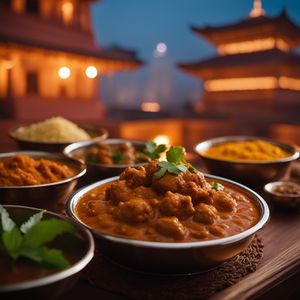
North Indian cuisine
Spicy, Tangy, Aromatic, Sweet, Uses a lot of oil and ghee
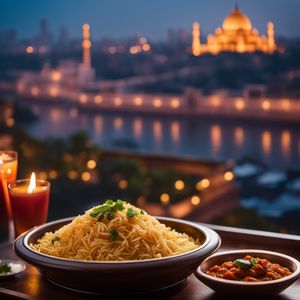
Other Indian cuisine
Spicy, Tangy, Sweet, Sour, Pungent
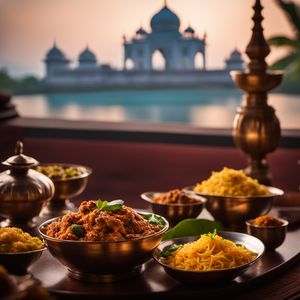
South Indian cuisine
Spicy, Tangy, Sweet, Savory, Aromatic
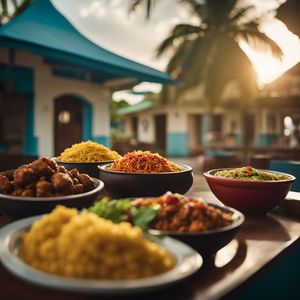
West Indian cuisine
Spicy, Bold, Tangy, Sweet, Savory

